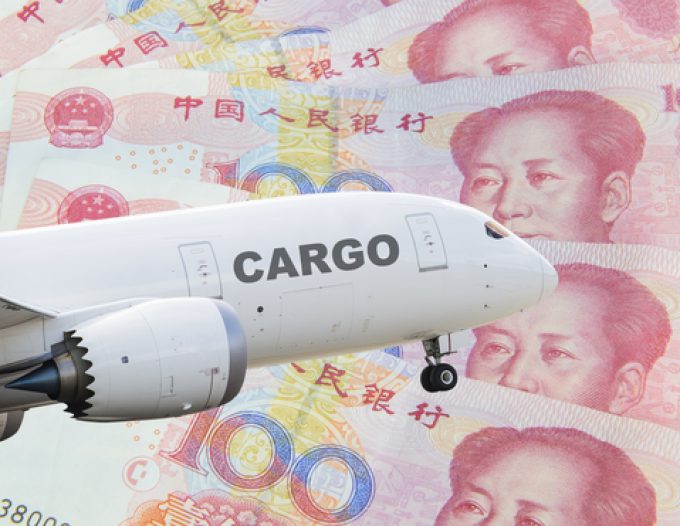Expect a shift in airfreight market as ecommerce changes tack
Airfreight shippers should expect to see market shifts as ecommerce players change strategies. While the ...

“The normality of the market is not that normal,” says Transport Intelligence (Ti) in its Q2 Air Freight Rate Tracker, as economic growth and changing global trade structures introduce uncertain and volatile factors to the air cargo market.
And Ti’s Global Volumes Index reveals global airfreight volumes in Q1 fell 6.4% from the previous quarter.
But despite a month-on-month decline in the first two months of the quarter — 9.2% in January and 6.2% in February — a strong recovery ...
Volcanic disruption at Anchorage could hit transpacific airfreight operations
Shippers snap up airfreight capacity to US ahead of tariff deadline
New price hikes may slow ocean spot rate slide – but for how long?
Tighter EU import requirements proving 'a challenge' for forwarders
Supply chain delays expected after earthquake hits Myanmar
Forwarders stay cool as US 'liberation day' tariffs threaten 'global trade war'
Looming Trump tariffs will create 'a bureaucratic monster' for Customs

Comment on this article